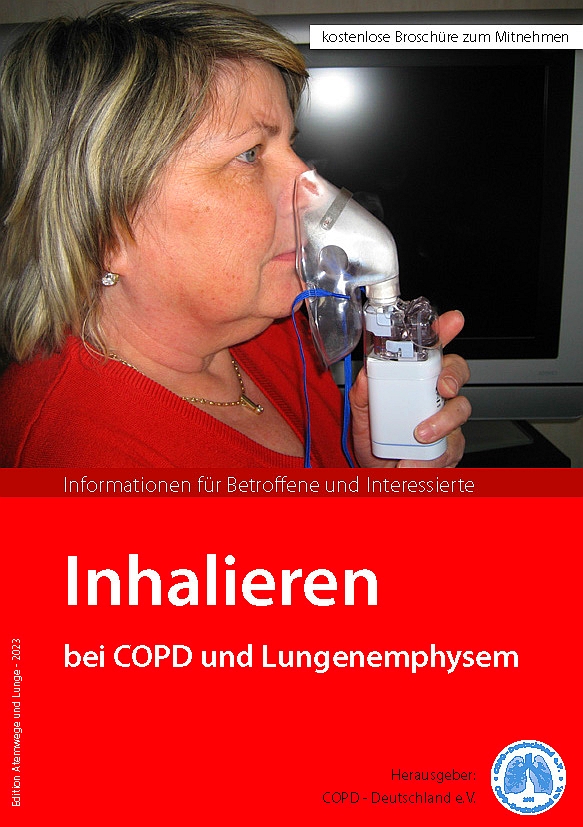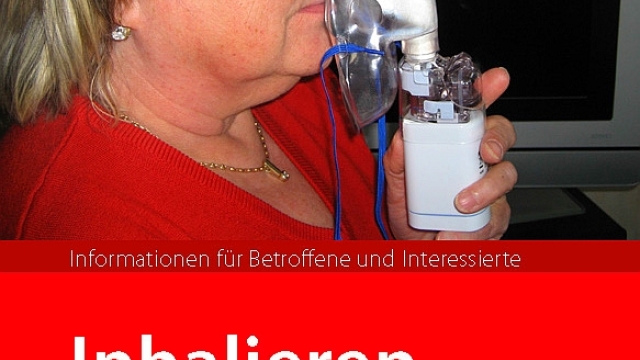
Inhalation devices have become essential tools for managing respiratory conditions, transforming the way patients access life-saving medications. Over the years, these devices have evolved significantly, enhancing their effectiveness, usability, and accessibility. From simple nebulizers to advanced metered-dose inhalers, the progression in inhalation technology reflects not only scientific advancements but also a deeper understanding of patient needs and preferences.
One company at the forefront of this innovation is Aptar, which provides a range of inhalation devices designed to improve the delivery of medication to the lungs. Their commitment to research and development has led to the creation of highly efficient devices that make it easier for patients to breathe easier. As we explore the evolution of inhalation devices, we will highlight key milestones, technological advancements, and the impact of companies like Aptar on public health.
The History of Inhalation Devices
The origins of inhalation devices can be traced back to ancient civilizations, where various herbs and vapors were employed for respiratory ailments. Historical records indicate that Egyptians utilized a form of inhalation therapy with incense and heated oils, while ancient Greeks experimented with steam inhalation to soothe respiratory conditions. These early practices laid the groundwork for the development of more sophisticated inhalation techniques in later centuries.
During the 19th century, the industrial revolution ignited significant advancements in the field. The introduction of the nebulizer marked a pivotal moment, allowing for the direct delivery of medication into the lungs through mist. This innovation significantly improved the treatment of conditions such as asthma and tuberculosis. By the end of the century, the inhaler was becoming more widely recognized as a vital tool for respiratory therapy, with various designs emerging to facilitate easier use.
The latter half of the 20th century witnessed an explosion of technology in inhalation devices, with the advent of metered-dose inhalers and dry powder inhalers. These devices significantly enhanced the precision, efficiency, and portability of medication delivery. Companies like Aptar emerged as key players in this evolving landscape, focusing on creating innovative inhalation devices that cater to the needs of patients, ensuring that those with chronic respiratory diseases could breathe easier and manage their conditions more effectively.
Aptar’s Role in Innovation
Aptar has emerged as a leader in the development of inhalation devices, significantly influencing the market with its innovative solutions. By focusing on user-centric design and advanced technologies, Aptar continuously enhances the experience for patients who rely on these devices for respiratory therapies. Their commitment to research and development has led to breakthroughs that improve the effectiveness and reliability of inhalation treatments, addressing both patient needs and industry standards.
One of the key areas where Aptar excels is in the integration of smart technologies into inhalation devices. By leveraging digital health advancements, Aptar develops devices that allow for real-time monitoring and data collection, which can be invaluable for both patients and healthcare providers. These innovations not only provide greater insights into patient adherence and medication usage but also foster a more personalized approach to respiratory care.
Additionally, Aptar prioritizes sustainability in its product development. The company actively seeks to minimize environmental impact by using recyclable materials and designing devices that can be used in conjunction with eco-friendly practices. This focus on sustainability resonates with consumers and healthcare providers alike, aligning with the growing demand for environmentally responsible healthcare solutions. Aptar’s initiatives in this area underscore its commitment to innovative, effective, and sustainable inhalation device solutions.
Types of Inhalation Devices
Inhalation devices come in various forms, each tailored to deliver medication efficiently to the lungs. One of the most common types is the metered-dose inhaler (MDI), which releases a specific amount of medication in aerosol form. These devices are portable and easy to use, making them popular among individuals managing asthma or chronic obstructive pulmonary disease. MDIs often require the user to coordinate their inhalation with the release of the aerosol, which can be challenging for some patients.
Another prevalent type is the dry powder inhaler (DPI), which delivers medication in a powdered form. Unlike MDIs, DPIs do not require a propellant, relying on the user’s inhalation to disperse the medication. This type of inhaler is generally breath-activated, meaning users must inhale deeply to receive the full dose. DPIs are often favored for their simplicity and the absence of chemical propellants, which can appeal to those looking for a more natural alternative in their treatment regimen.
Nebulizers represent a different approach, converting liquid medication into a fine mist that can be inhaled. These devices are especially beneficial for patients who struggle with MDIs or DPIs, such as young children or individuals with severe respiratory issues. Nebulizers generally take longer to administer the medication compared to inhalers, but they provide a continuous delivery of the therapeutic agents. This method ensures that even those with acute symptoms can receive effective treatment conveniently.
asthma
Future Trends in Respiratory Care
As the field of respiratory care continues to advance, the integration of smart technology into inhalation devices is becoming a significant trend. Devices equipped with sensors and connectivity features will allow for real-time monitoring of patient usage and medication adherence. This data can be transmitted to healthcare providers, enabling more personalized treatment plans and timely interventions. The incorporation of artificial intelligence may further enhance these devices, providing predictive analytics that could foresee exacerbations and recommend adjustments in medication.
Another promising trend is the development of more environmentally sustainable inhalation devices. With increasing awareness of the environmental impact of medical waste and propellants used in inhalers, manufacturers are exploring eco-friendly alternatives. Aptar, for instance, is leading the way by focusing on designs that reduce plastic use and improve recyclability. This movement toward sustainable practices not only contributes to a healthier planet but also resonates with patients who are becoming more conscious of their environmental footprint.
Lastly, there is a growing emphasis on patient-centric design in inhalation devices. This involves creating devices that are easier to use, more comfortable, and visually appealing to enhance user satisfaction. Innovations in ergonomics are critical, especially for populations such as the elderly who may struggle with conventional inhalers. By prioritizing user experience, manufacturers can improve adherence to treatment regimens and ultimately lead to better health outcomes for patients.

